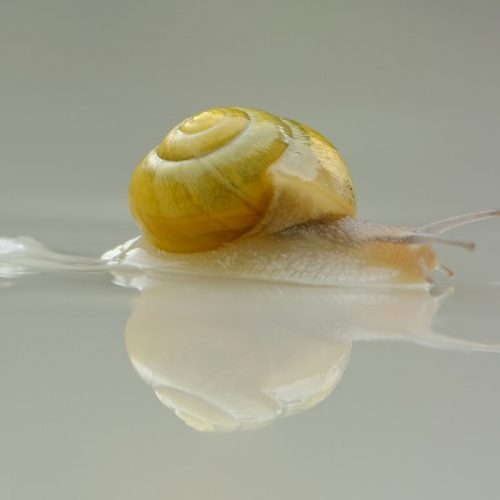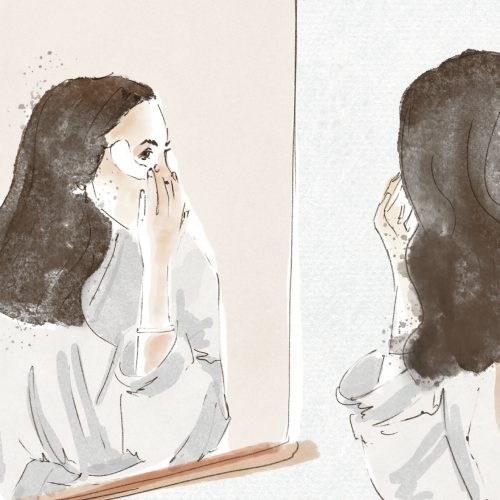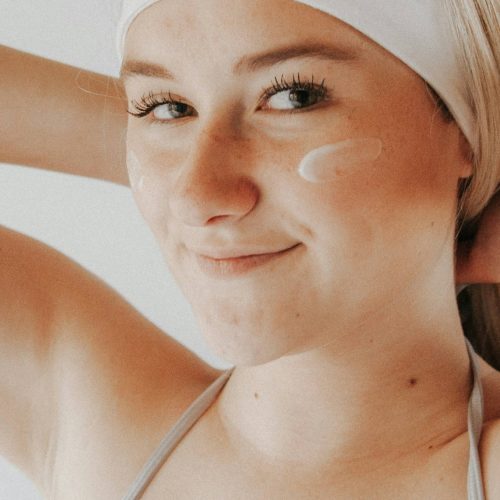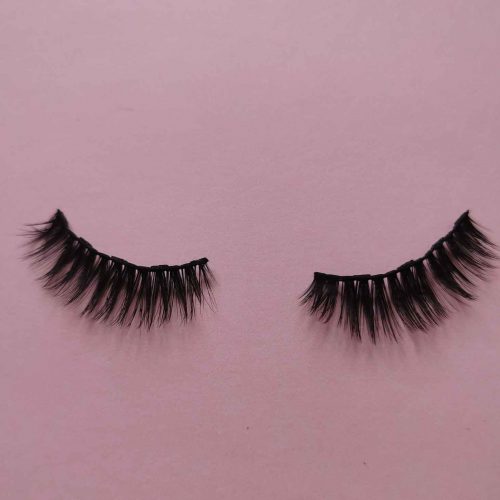Should Beauty Brands Stop Selling Samples?
Beauty samples play a large part in the 120 billion packaging units produced every year by the industry. Can a concept that revolves around single-use ever be sustainable?
To receive the Luxiders Newsletter, sign up here.
There’s a reason why offering samples in any industry is an advantageous business move. The psychology demonstrates that these free, mini products elicit feelings of intrigue and excitement, maximising brand exposure. Encouraging consumers to become more familiar with the brand, samples also contribute to full-sized product purchases, being one of the largest drivers, according to Euromonitor.
However, with all the excitement comes an environmental consequence. A cloud of controversy has gathered over the beauty industry due to the lack of environmentally friendly packaging, with previous calls for a ban on plastic sample sachets demonstrating the rise in concern for the single-use samples. Brands are even starting to eliminate single-use products to reduce the amount of harmful materials used for packaging, reflecting the shift in consumer attitudes.
Despite the increasing concerns, samples are still a favourable tool for the beauty industry. As pressure on companies making sustainable changes continues to rise, what will brands prioritise? Profit or planet?
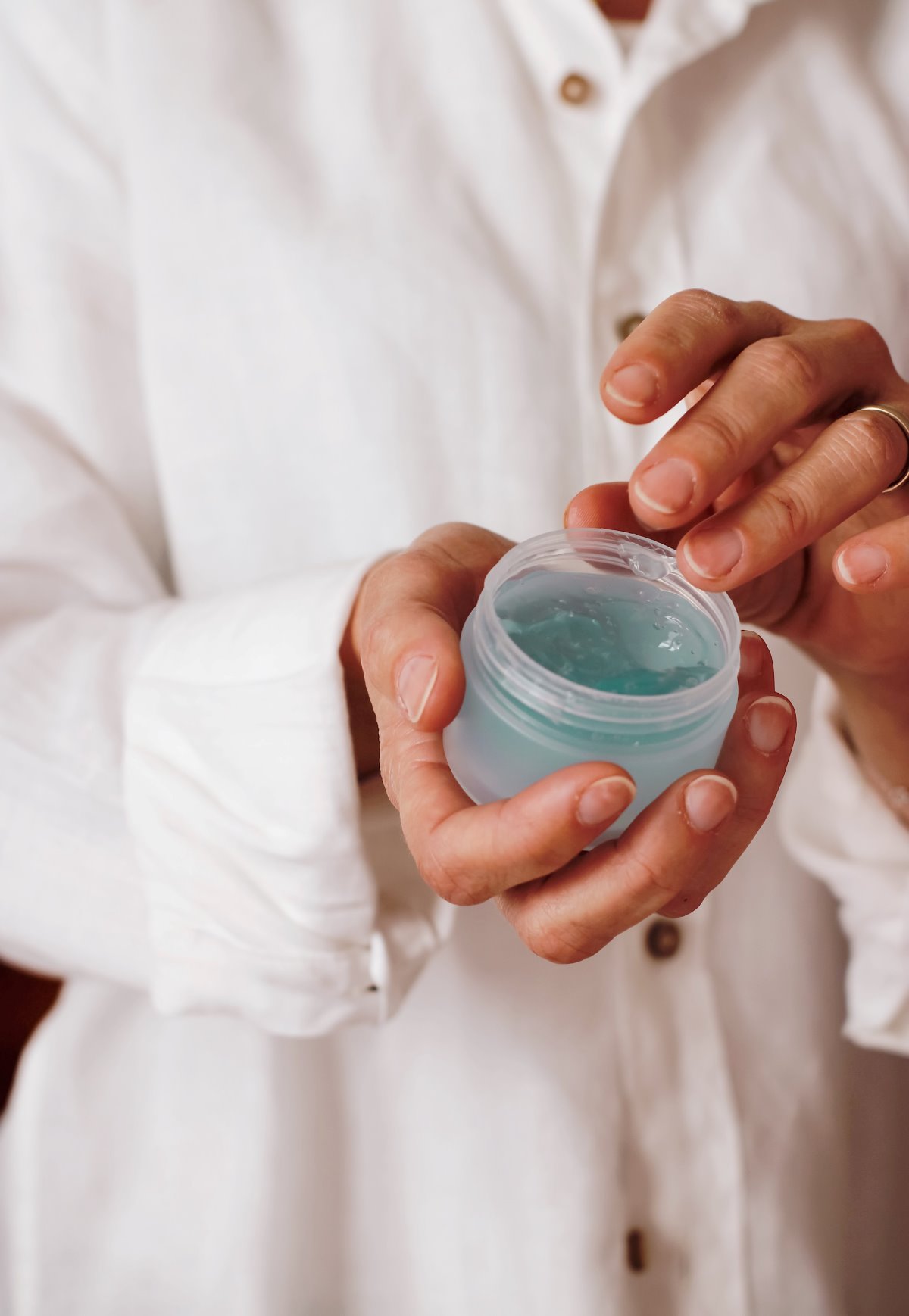
© Natalia Melnychuck via Unsplash
SMALL PRODUCT, BIG EXPOSURE
Sample-sized products have been popular within the beauty & wellness industry since the 19th century, with soap being one of the first free sampled products. Years later, it’s still an economical way for brands to increase exposure and for consumers to trial a product without buying it full-sized. A free miniature product also adds an element of entertainment, further creating positive associations with the brand.
BEAUTY SAMPLES REDUCE THE RISK OF PRODUCT WASTE
As the premise of a sample is for consumers to try before they buy, it allows them to explore the product without the risk of committing to the full-price and being disappointed. Samples don’t only prevent consumers from wasting their money, they also reduce the likelihood of the company’s product being wasted and ending up in landfill.
PACKAGING CRISIS IN THE BEAUTY INDUSTRY
Despite the reduced risk of product waste when consumers use samples, a larger issue is the amount of non-recyclable packaging used. Globally, only 9% of plastic is recycled, and an increase in unit-dose products during the pandemic means that the use of disposable plastic packaging, like sachets, has increased. This is detrimental to the planet as their sole purpose is for single-use. According to A Plastic Planet, due to their composition, contamination and lack of value, there is no way to recycle sachets.
ENCOURAGES OVERCONSUMPTION
Whether it is on the street, in a store or online, samples are opportunities for brands to increase their likelihood of a sale further down the line. The power of a free sample positively catches consumers off guard, convincing them they have to take advantage of it. If the consumer is intending to buy another product that they need, a free sample can turn their head and create the illusion of necessity, consequently encouraging overconsumption.
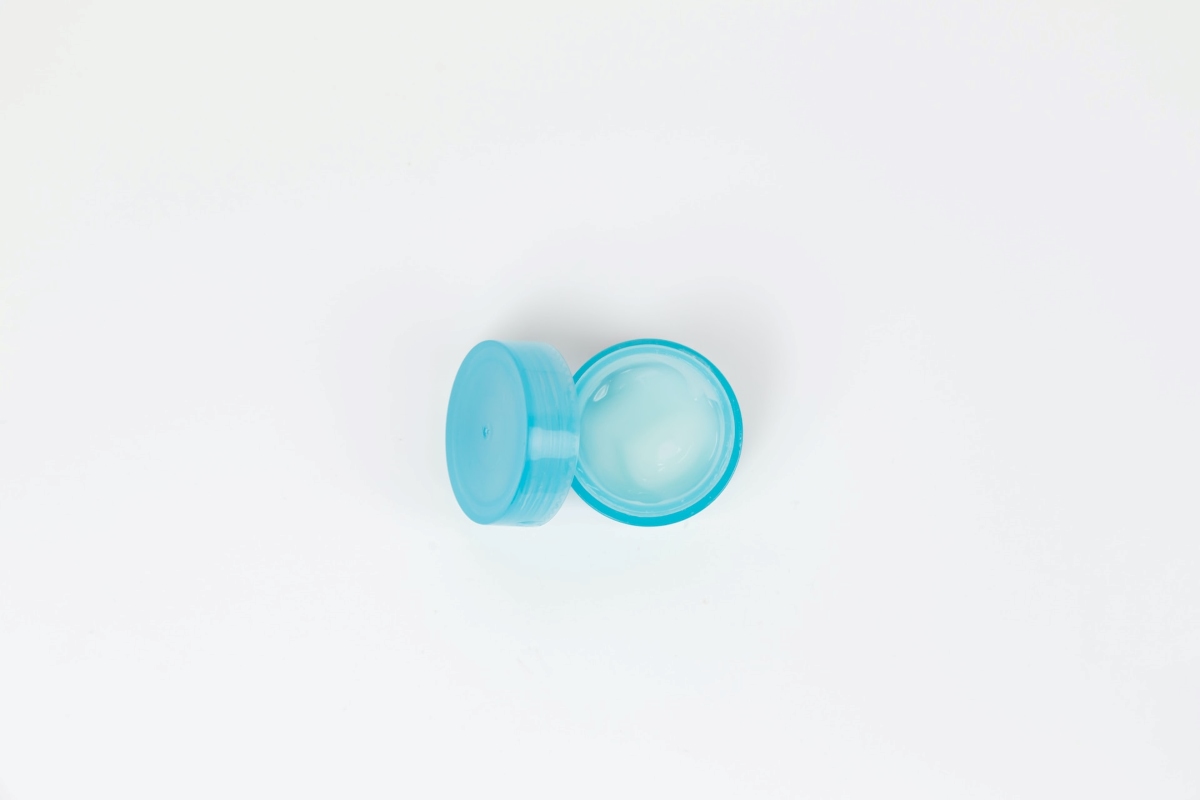
© Diana Polekhina via Unsplash
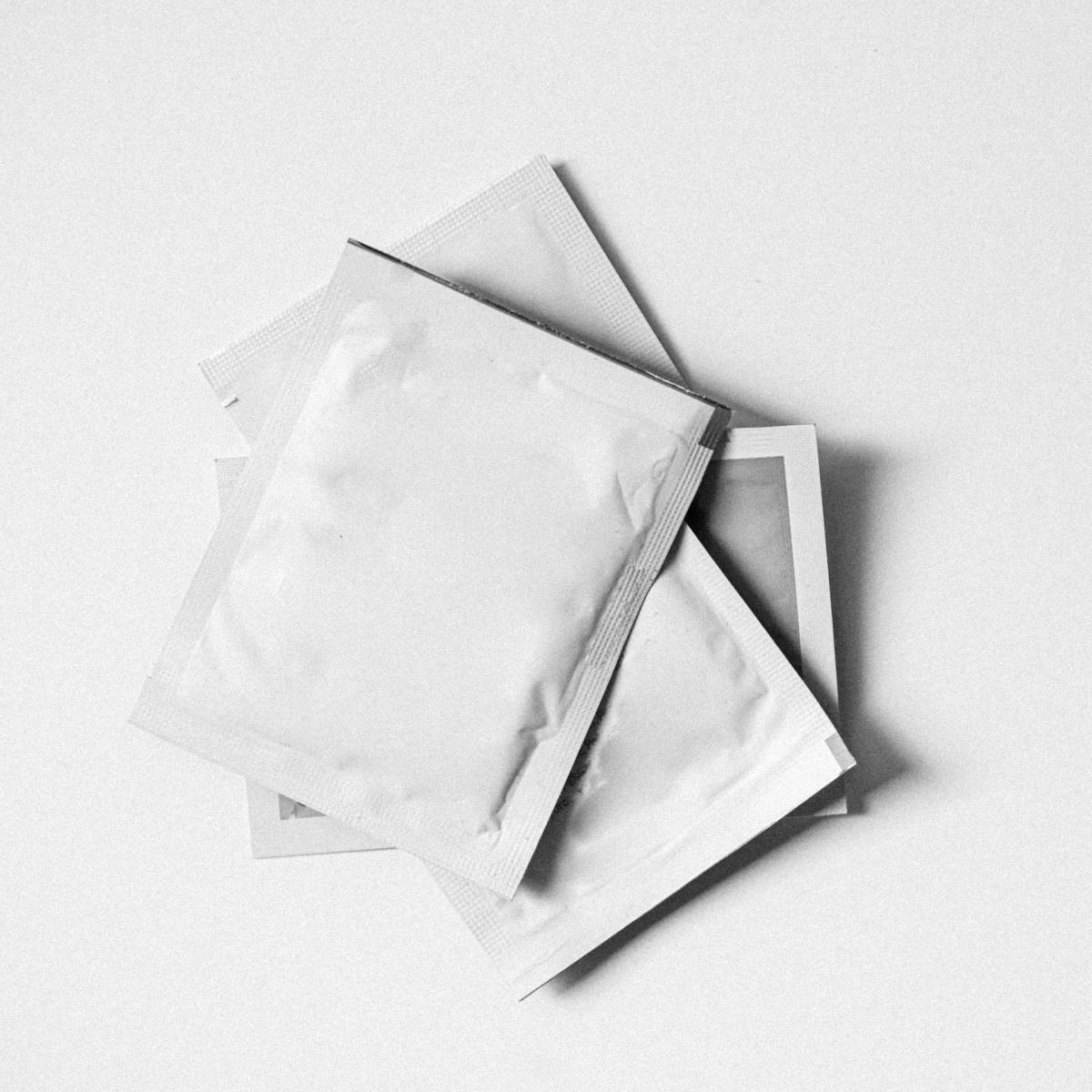
© Kier in Sight Archives via Unsplash
IS THERE A SUSTAINABLE SOLUTION THAT COULD REPLACE SAMPLES?
A sample’s purpose is to reflect the whole product in its limited quantity. Essentially, a sample can only be single-use if it is to remain a “sample”. Despite the rise in sustainable packaging solutions, such as refills, the juxtaposition of “single-use” and “sustainable” will never truly reach a solution. It’s time to find alternatives that give consumers their own tools to help decide whether they want to commit and buy a product. Virtual try-ons and more detailed, honest information about products could be a key alternative to entice consumers online, whilst in-store testers could be a suitable replacement for take-home samples.
As the beauty industry faces further calls for action, brands need to respond with sustainable solutions that reduce consumption and avoid single-use plastics. However, it is undeniable that samples are extremely popular with consumers, posing a dilemma for the industry. Is it possible for beauty brands to stop selling samples? Or are they just too irresistible?
+ Highlight Image: © Xandro Vandewalle via Unsplash
Words:
Jemima Patterson
Luxiders Magazine

